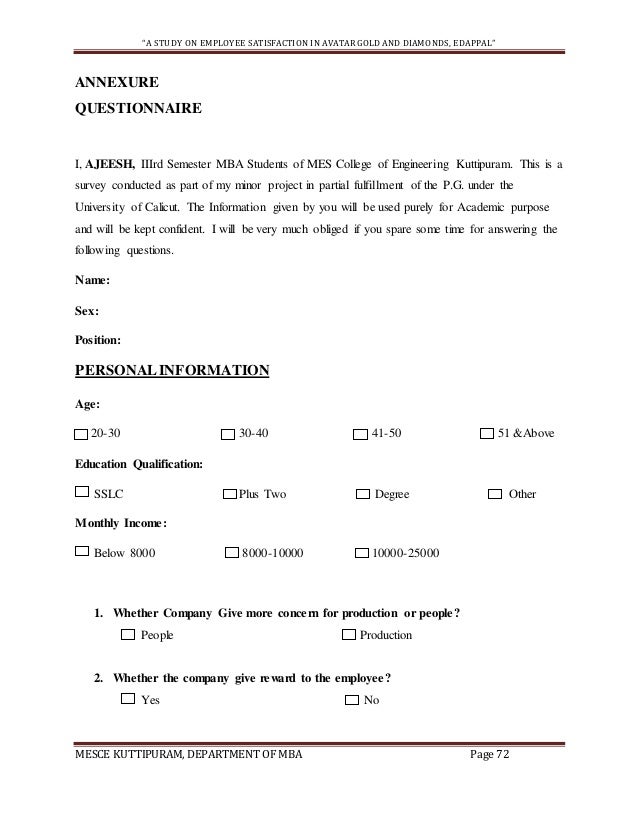25
дек
Fluid - Manufacturing Plant, Detailed Project Report, Profile, Business Plan, Industry Trends, Market Research, Survey, Manufacturing Process, Machinery, Raw Materials, Feasibility Study, Investment Opportunities, Cost And Revenue, Plant Economics I. Fluid - Manufacturing Plant, Detailed Project Report, Profile, Business Plan, Industry Trends, Market Research, Survey, Manufacturing Process, Machinery, Raw Materials, Feasibility Study, Investment Opportunities, Cost And Revenue, Plant Economics Intravenous fluids are fluids which are intended to be administered to a patient intravenously, directly through the circulatory system. These fluids must be sterile to protect patients from injury, and there are a number of different types available for use. Fluids are given when someone's body fluid volume falls.


There are a number of things which can cause a drop in fluid volume. Vomiting and diarrhea are a classic example, which is why people are encouraged to drink fluids when they are sick, to keep their fluid volume stable. Another cause is blood loss, which causes problems both because people lose blood products, and because they experience a loss in fluid volume. Electrolyte levels in the blood can also become unstable as a result of rapid changes in fluid volume, in which case intravenous fluids can be used to restore the balance. Intravenous fluids can be broken into two broad groups.
Review of intravenous fluid production using Blow-Fill-Seal technology was carried out. A feasibility study was conducted to gauge the feasibility of the project. The demand for intravenous fluids in the neighbouring countries of Libya, Algeria, Morocco and Tunisia were estimated.
Crystalloids such as saline solutions contain a solution of molecules which can dissolve in water. When crystalloids are administered, they tend to create low osmotic pressure, allowing fluid to move across the blood vessels, and this can be linked with edema. Colloids contain particles which are not soluble in water, and they create high osmotic pressure, attracting fluid into the blood vessels. Blood is an example of a commonly administered intravenous colloid. Intravenous fluids can also be used as a route of medication administration. If a doctor wants to deliver a small amount of medication over an extended period of time, it can be dissolved in a bag of intravenous fluids and set on an infusion pump which delivers the medicated fluid directly into the blood. They are also commonly used to assist with surgical recovery; people who receive fluids after surgery tend to experience better recovery than people who do not.
There are many solutions are used for IV fluids. The specific one used depends on the situation. Scanxl ford enhanced diagnostics add on rar. Many other compounds can be added to the IV solution as a simple means of administration. For example, antibiotics, pain killers and so on can be added to the IV so the patient receives the drug at a constant rate over a long period of time. The basic function of IV fluids is to replenish the body fluids. Although there are a number of IV fluids but generally three types of IV fluids are used in hospitals as IV drips.
Fluid - Manufacturing Plant, Detailed Project Report, Profile, Business Plan, Industry Trends, Market Research, Survey, Manufacturing Process, Machinery, Raw Materials, Feasibility Study, Investment Opportunities, Cost And Revenue, Plant Economics I. Fluid - Manufacturing Plant, Detailed Project Report, Profile, Business Plan, Industry Trends, Market Research, Survey, Manufacturing Process, Machinery, Raw Materials, Feasibility Study, Investment Opportunities, Cost And Revenue, Plant Economics Intravenous fluids are fluids which are intended to be administered to a patient intravenously, directly through the circulatory system. These fluids must be sterile to protect patients from injury, and there are a number of different types available for use. Fluids are given when someone\'s body fluid volume falls.


There are a number of things which can cause a drop in fluid volume. Vomiting and diarrhea are a classic example, which is why people are encouraged to drink fluids when they are sick, to keep their fluid volume stable. Another cause is blood loss, which causes problems both because people lose blood products, and because they experience a loss in fluid volume. Electrolyte levels in the blood can also become unstable as a result of rapid changes in fluid volume, in which case intravenous fluids can be used to restore the balance. Intravenous fluids can be broken into two broad groups.
Review of intravenous fluid production using Blow-Fill-Seal technology was carried out. A feasibility study was conducted to gauge the feasibility of the project. The demand for intravenous fluids in the neighbouring countries of Libya, Algeria, Morocco and Tunisia were estimated.
Crystalloids such as saline solutions contain a solution of molecules which can dissolve in water. When crystalloids are administered, they tend to create low osmotic pressure, allowing fluid to move across the blood vessels, and this can be linked with edema. Colloids contain particles which are not soluble in water, and they create high osmotic pressure, attracting fluid into the blood vessels. Blood is an example of a commonly administered intravenous colloid. Intravenous fluids can also be used as a route of medication administration. If a doctor wants to deliver a small amount of medication over an extended period of time, it can be dissolved in a bag of intravenous fluids and set on an infusion pump which delivers the medicated fluid directly into the blood. They are also commonly used to assist with surgical recovery; people who receive fluids after surgery tend to experience better recovery than people who do not.
There are many solutions are used for IV fluids. The specific one used depends on the situation. Scanxl ford enhanced diagnostics add on rar. Many other compounds can be added to the IV solution as a simple means of administration. For example, antibiotics, pain killers and so on can be added to the IV so the patient receives the drug at a constant rate over a long period of time. The basic function of IV fluids is to replenish the body fluids. Although there are a number of IV fluids but generally three types of IV fluids are used in hospitals as IV drips.
...'>Download Iv Fluids Manufacturing Process Project Report Pdf Free(25.12.2018)Fluid - Manufacturing Plant, Detailed Project Report, Profile, Business Plan, Industry Trends, Market Research, Survey, Manufacturing Process, Machinery, Raw Materials, Feasibility Study, Investment Opportunities, Cost And Revenue, Plant Economics I. Fluid - Manufacturing Plant, Detailed Project Report, Profile, Business Plan, Industry Trends, Market Research, Survey, Manufacturing Process, Machinery, Raw Materials, Feasibility Study, Investment Opportunities, Cost And Revenue, Plant Economics Intravenous fluids are fluids which are intended to be administered to a patient intravenously, directly through the circulatory system. These fluids must be sterile to protect patients from injury, and there are a number of different types available for use. Fluids are given when someone\'s body fluid volume falls.


There are a number of things which can cause a drop in fluid volume. Vomiting and diarrhea are a classic example, which is why people are encouraged to drink fluids when they are sick, to keep their fluid volume stable. Another cause is blood loss, which causes problems both because people lose blood products, and because they experience a loss in fluid volume. Electrolyte levels in the blood can also become unstable as a result of rapid changes in fluid volume, in which case intravenous fluids can be used to restore the balance. Intravenous fluids can be broken into two broad groups.
Review of intravenous fluid production using Blow-Fill-Seal technology was carried out. A feasibility study was conducted to gauge the feasibility of the project. The demand for intravenous fluids in the neighbouring countries of Libya, Algeria, Morocco and Tunisia were estimated.
Crystalloids such as saline solutions contain a solution of molecules which can dissolve in water. When crystalloids are administered, they tend to create low osmotic pressure, allowing fluid to move across the blood vessels, and this can be linked with edema. Colloids contain particles which are not soluble in water, and they create high osmotic pressure, attracting fluid into the blood vessels. Blood is an example of a commonly administered intravenous colloid. Intravenous fluids can also be used as a route of medication administration. If a doctor wants to deliver a small amount of medication over an extended period of time, it can be dissolved in a bag of intravenous fluids and set on an infusion pump which delivers the medicated fluid directly into the blood. They are also commonly used to assist with surgical recovery; people who receive fluids after surgery tend to experience better recovery than people who do not.
There are many solutions are used for IV fluids. The specific one used depends on the situation. Scanxl ford enhanced diagnostics add on rar. Many other compounds can be added to the IV solution as a simple means of administration. For example, antibiotics, pain killers and so on can be added to the IV so the patient receives the drug at a constant rate over a long period of time. The basic function of IV fluids is to replenish the body fluids. Although there are a number of IV fluids but generally three types of IV fluids are used in hospitals as IV drips.
...'>Download Iv Fluids Manufacturing Process Project Report Pdf Free(25.12.2018)